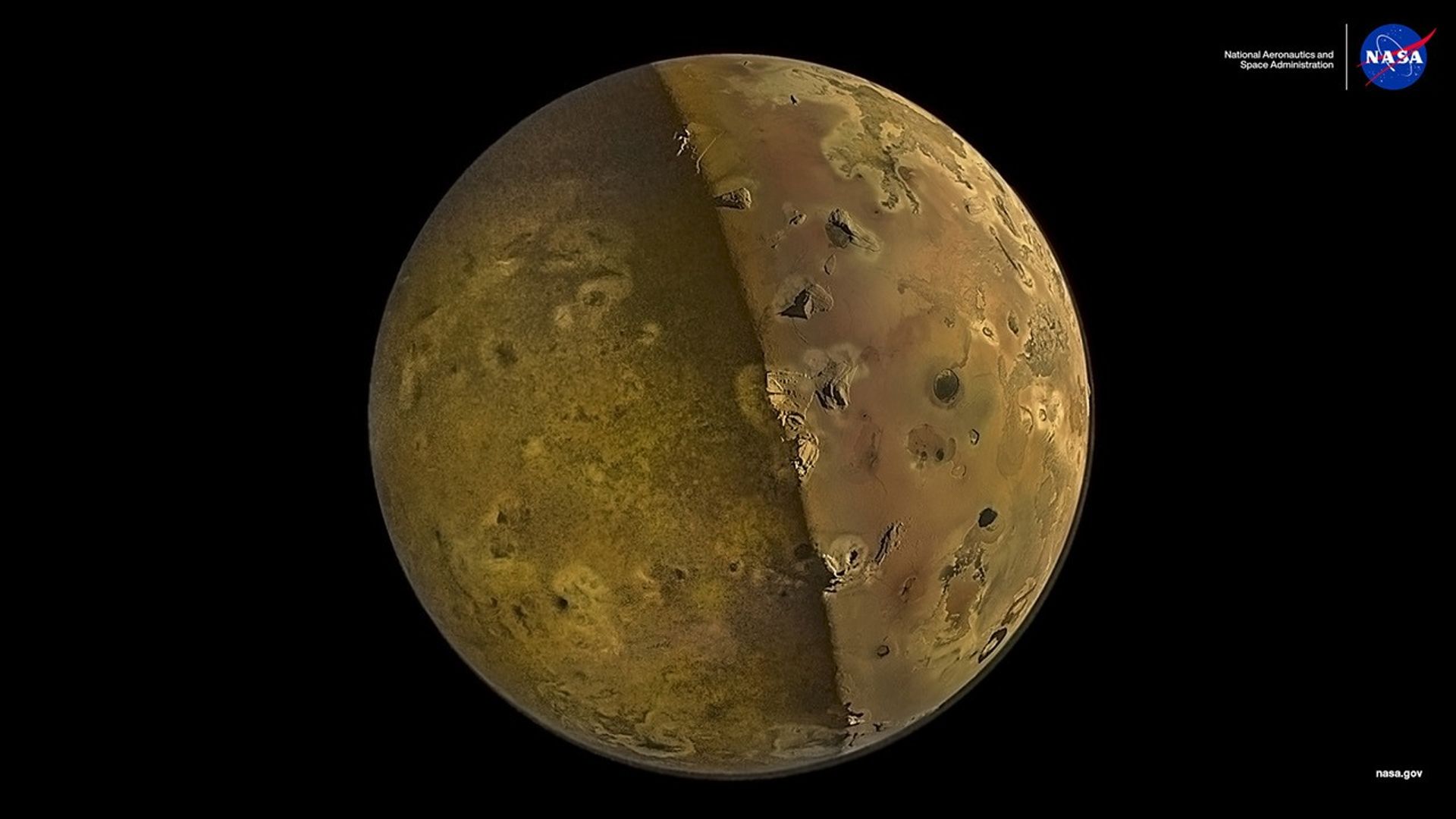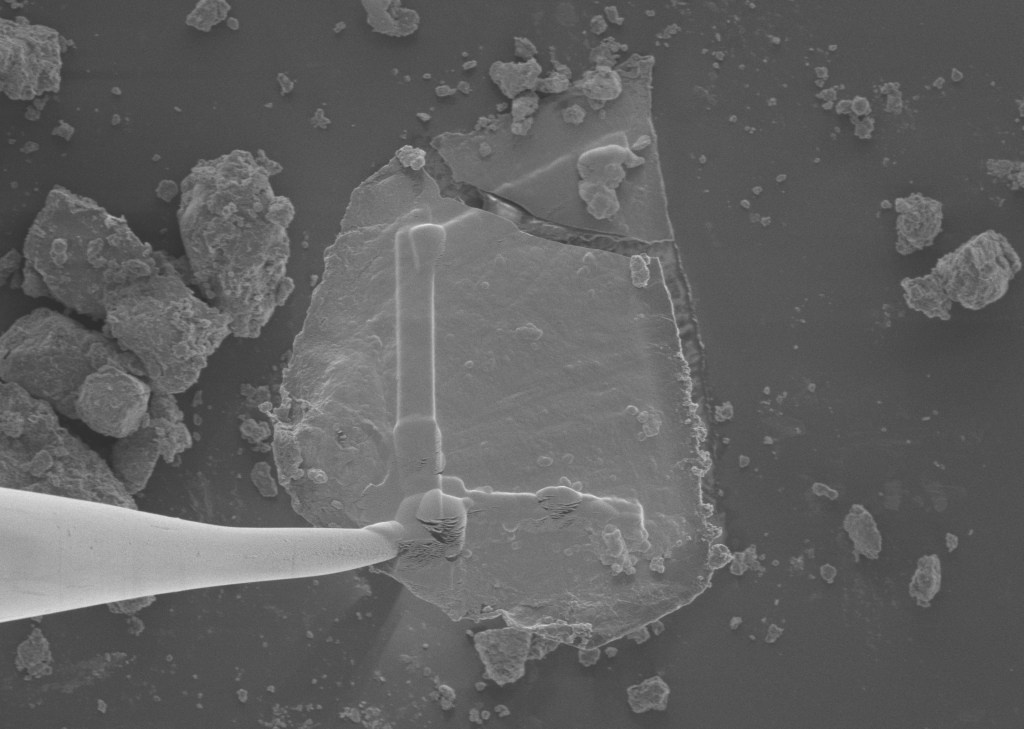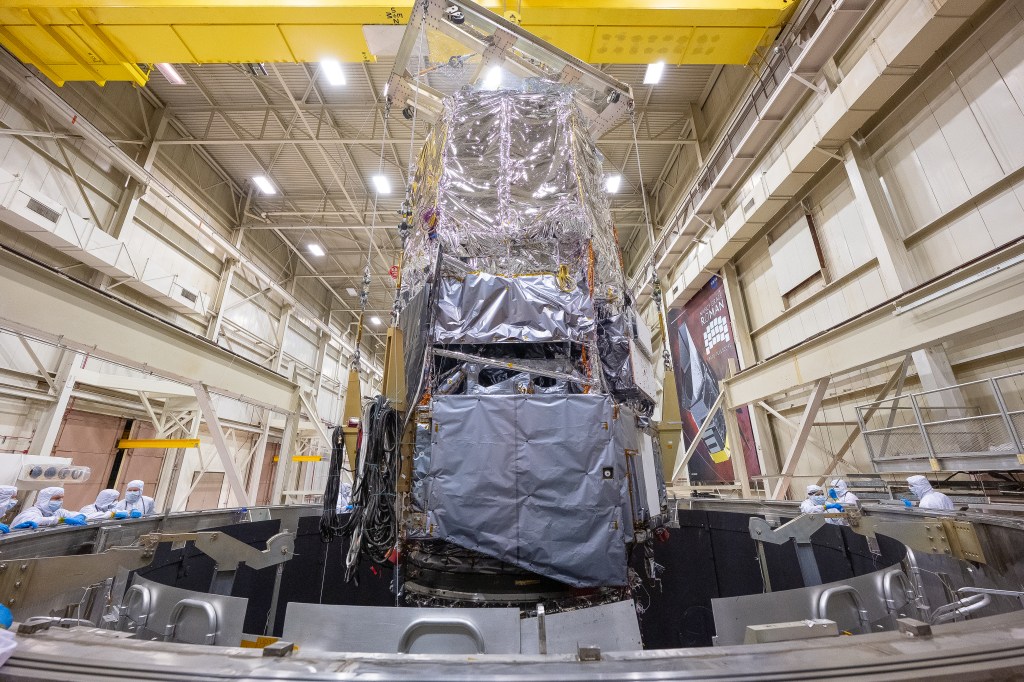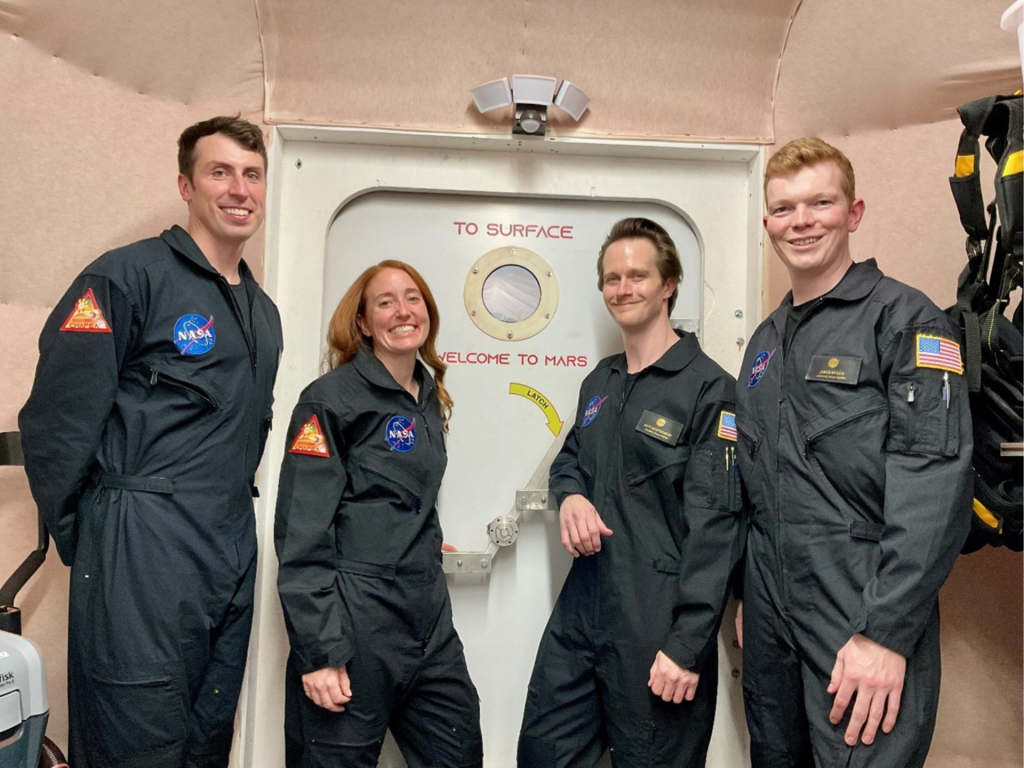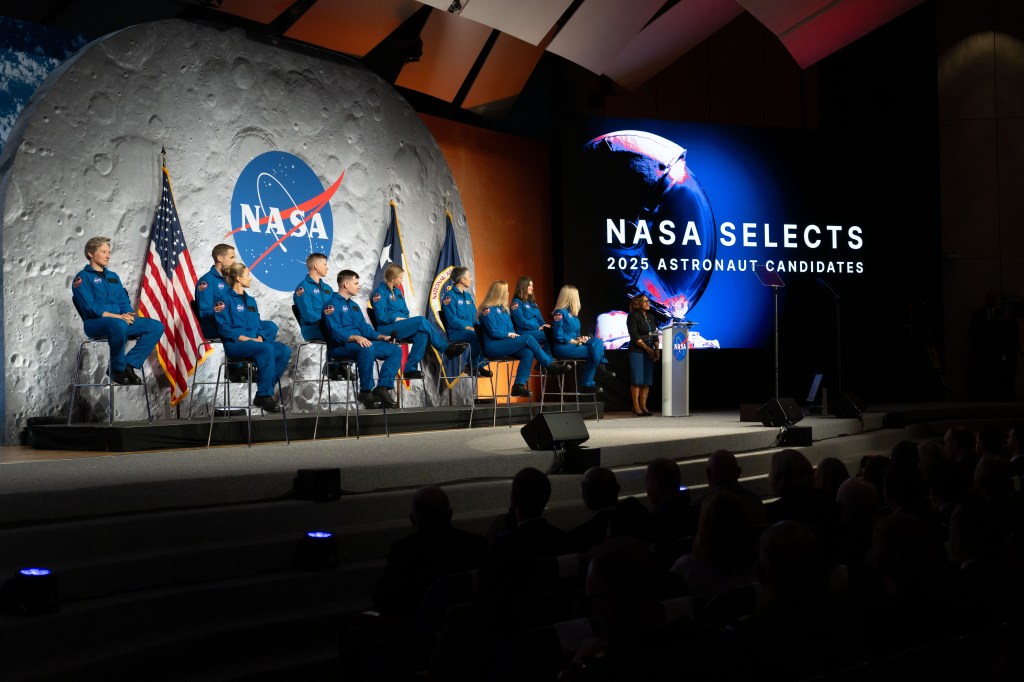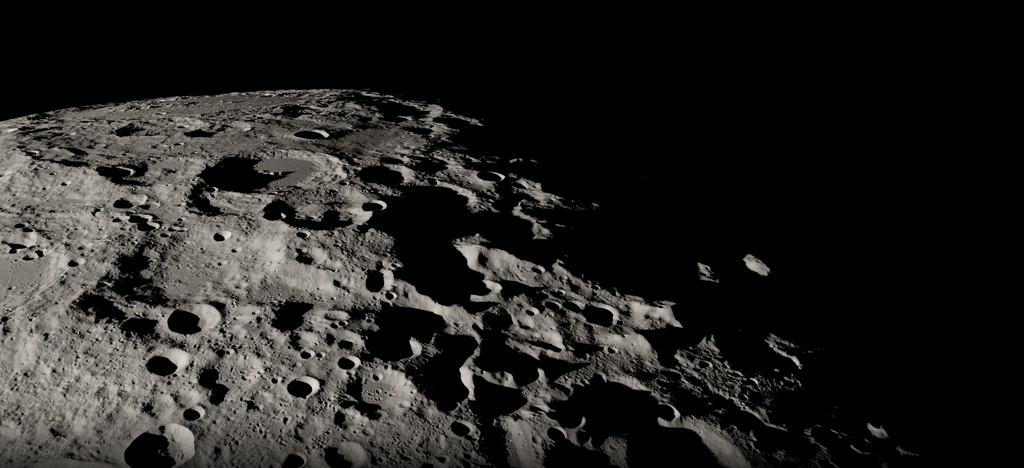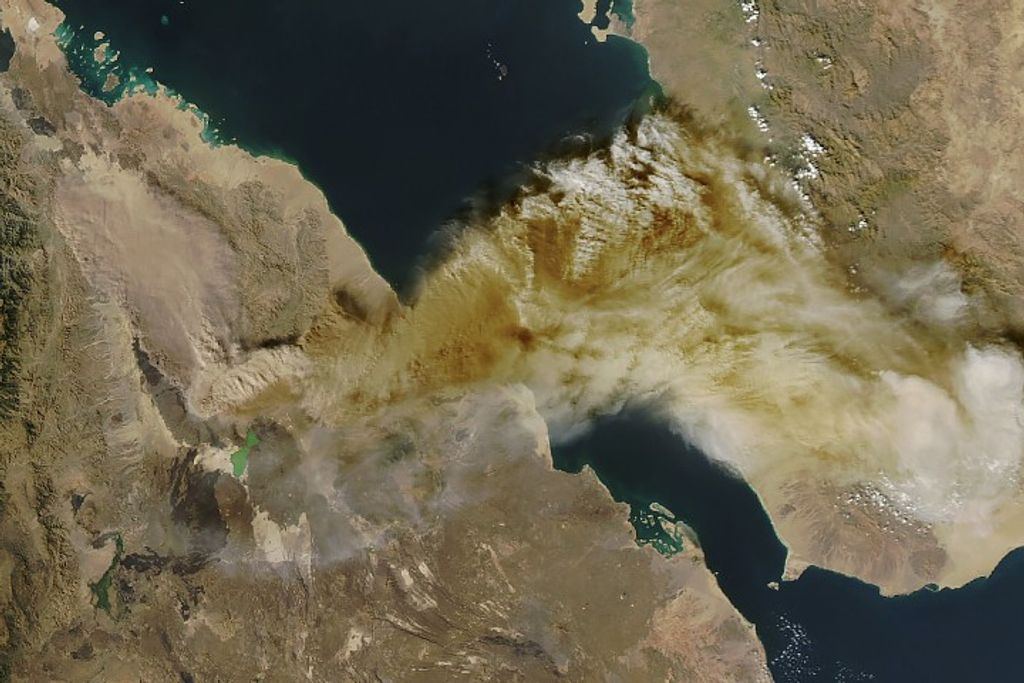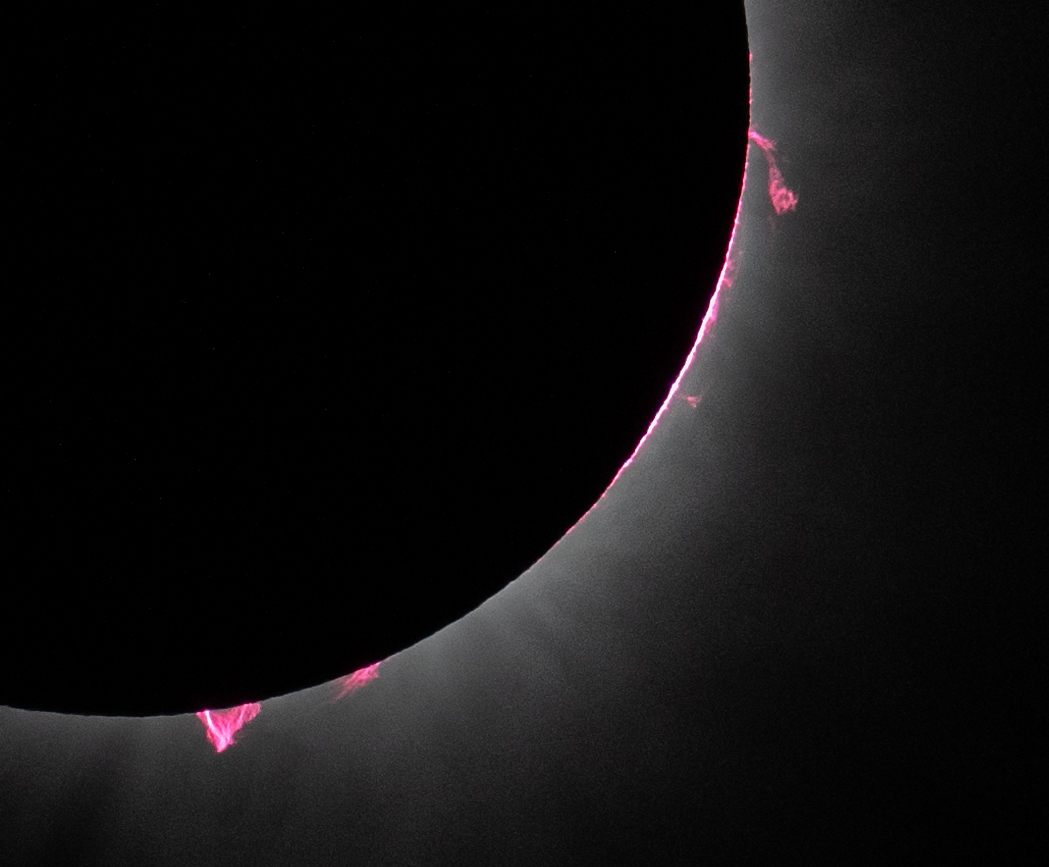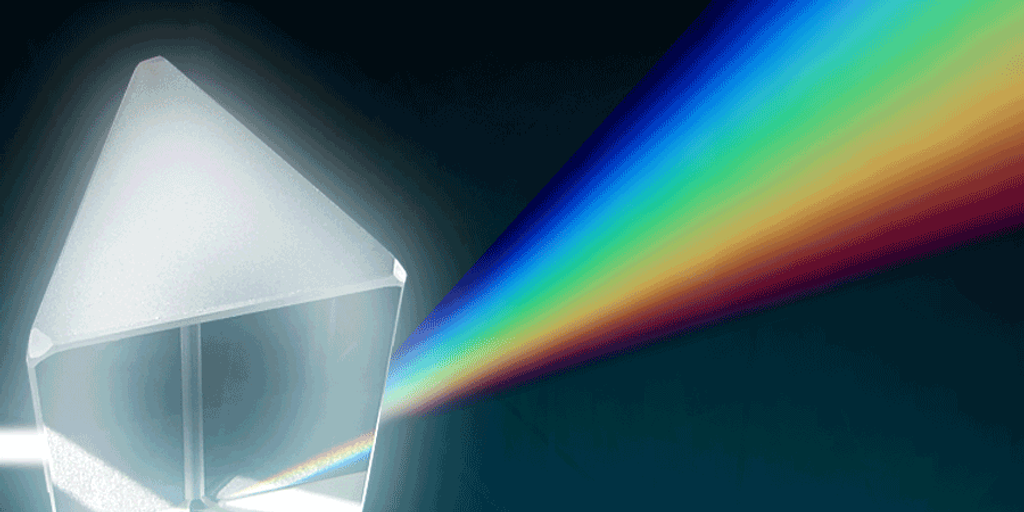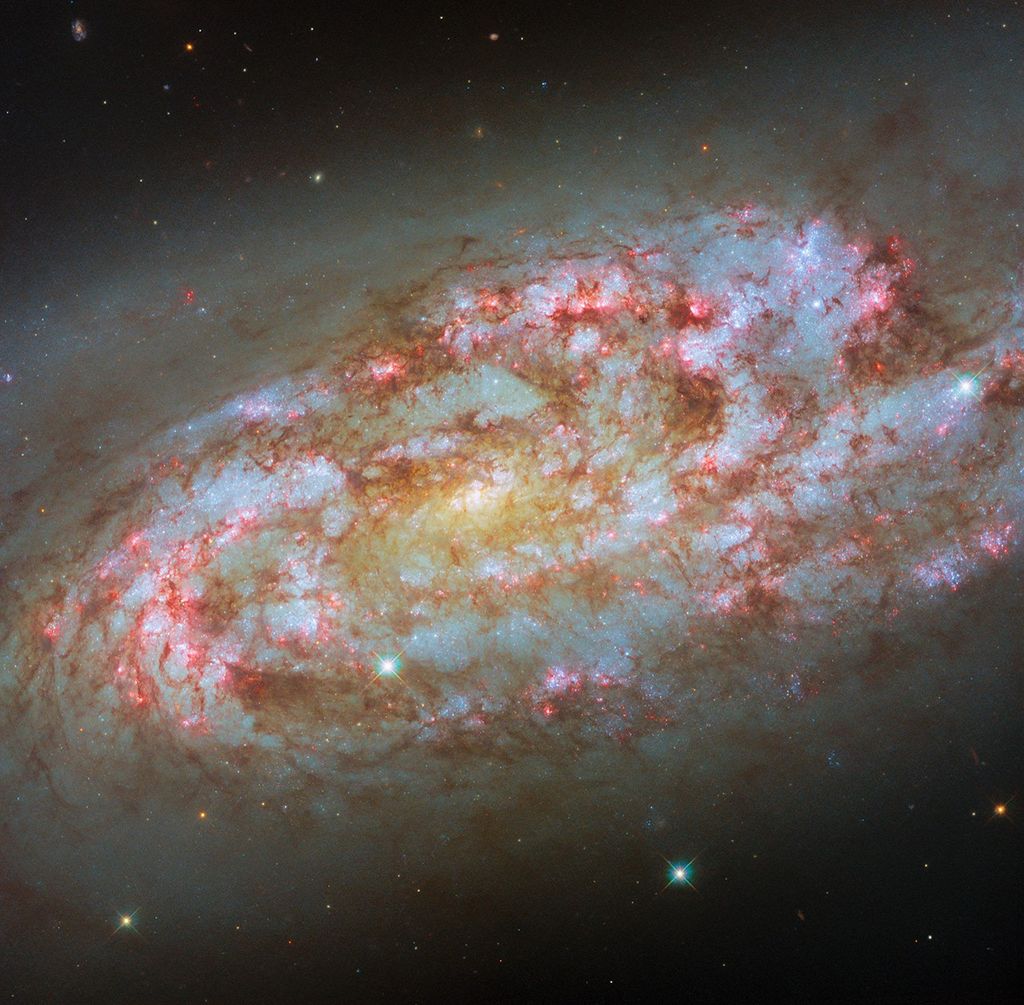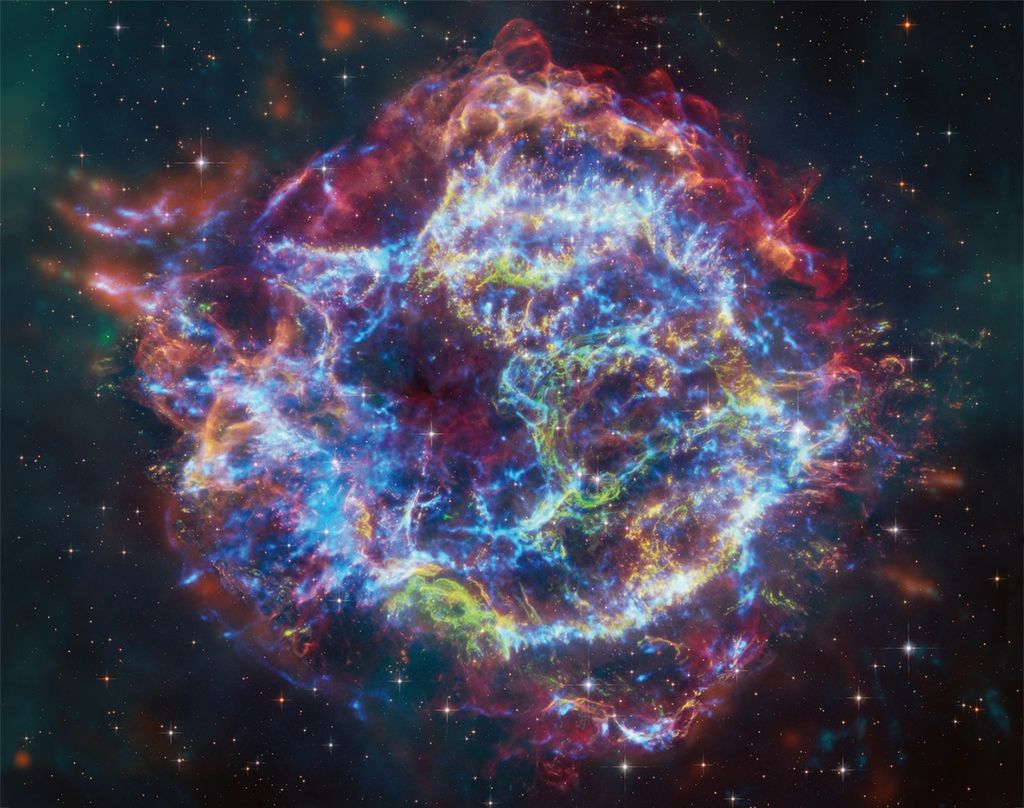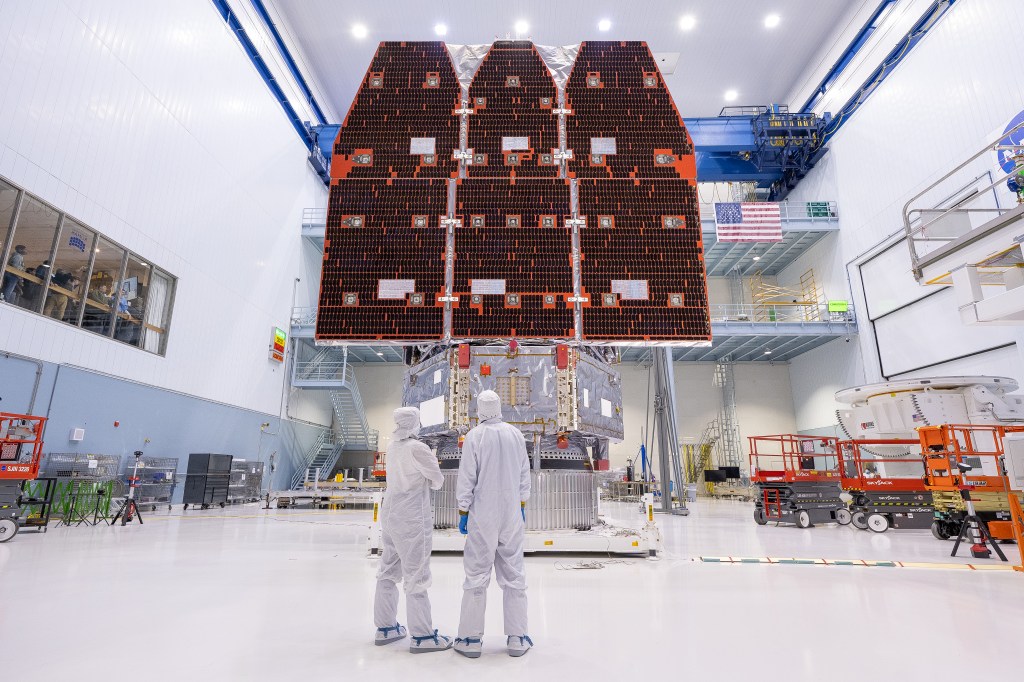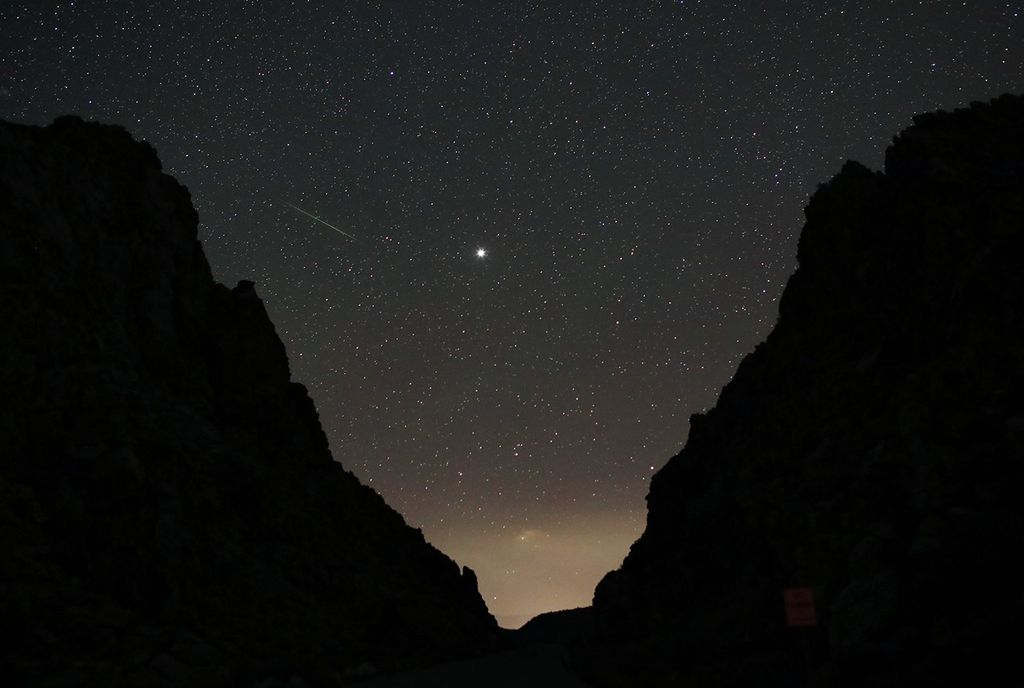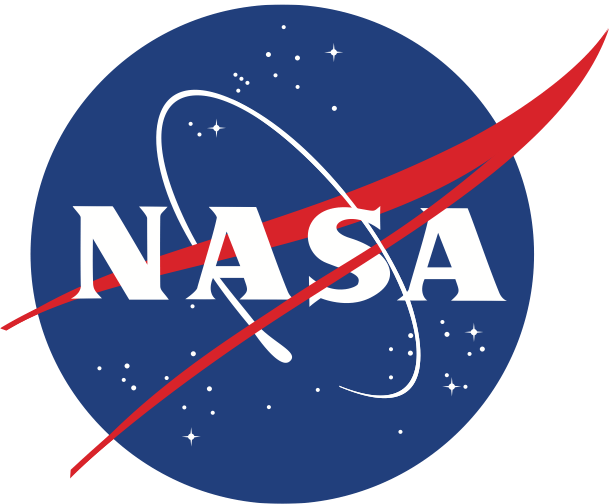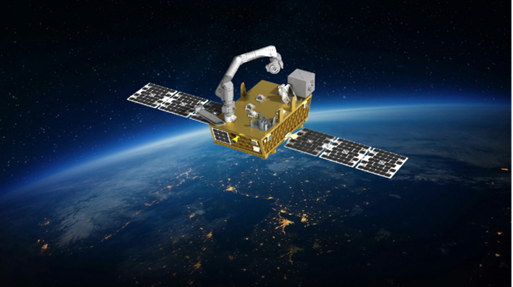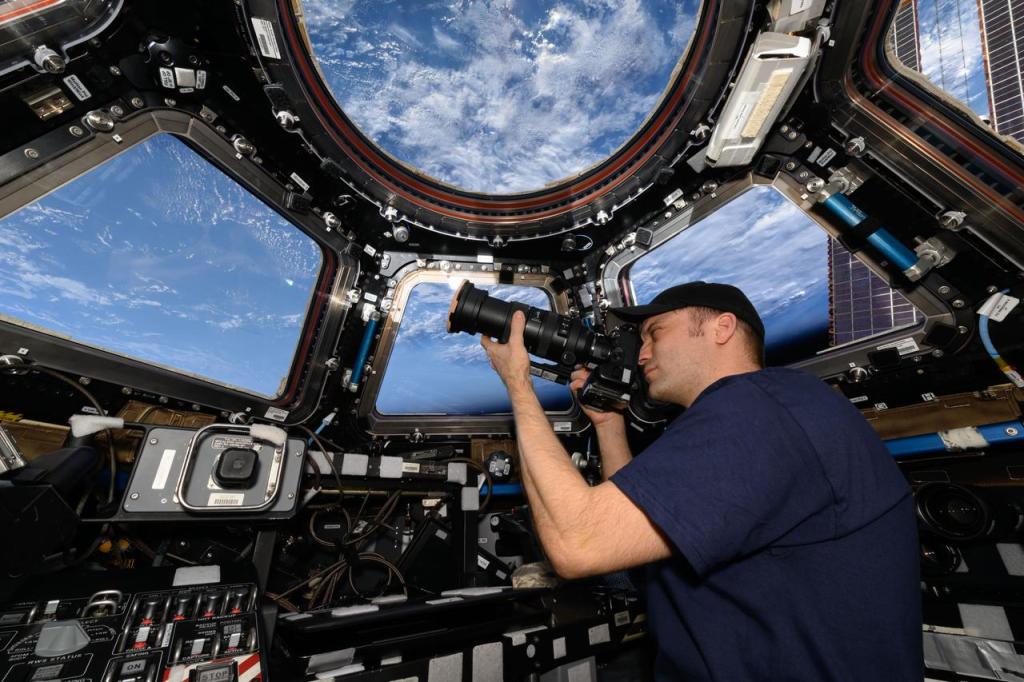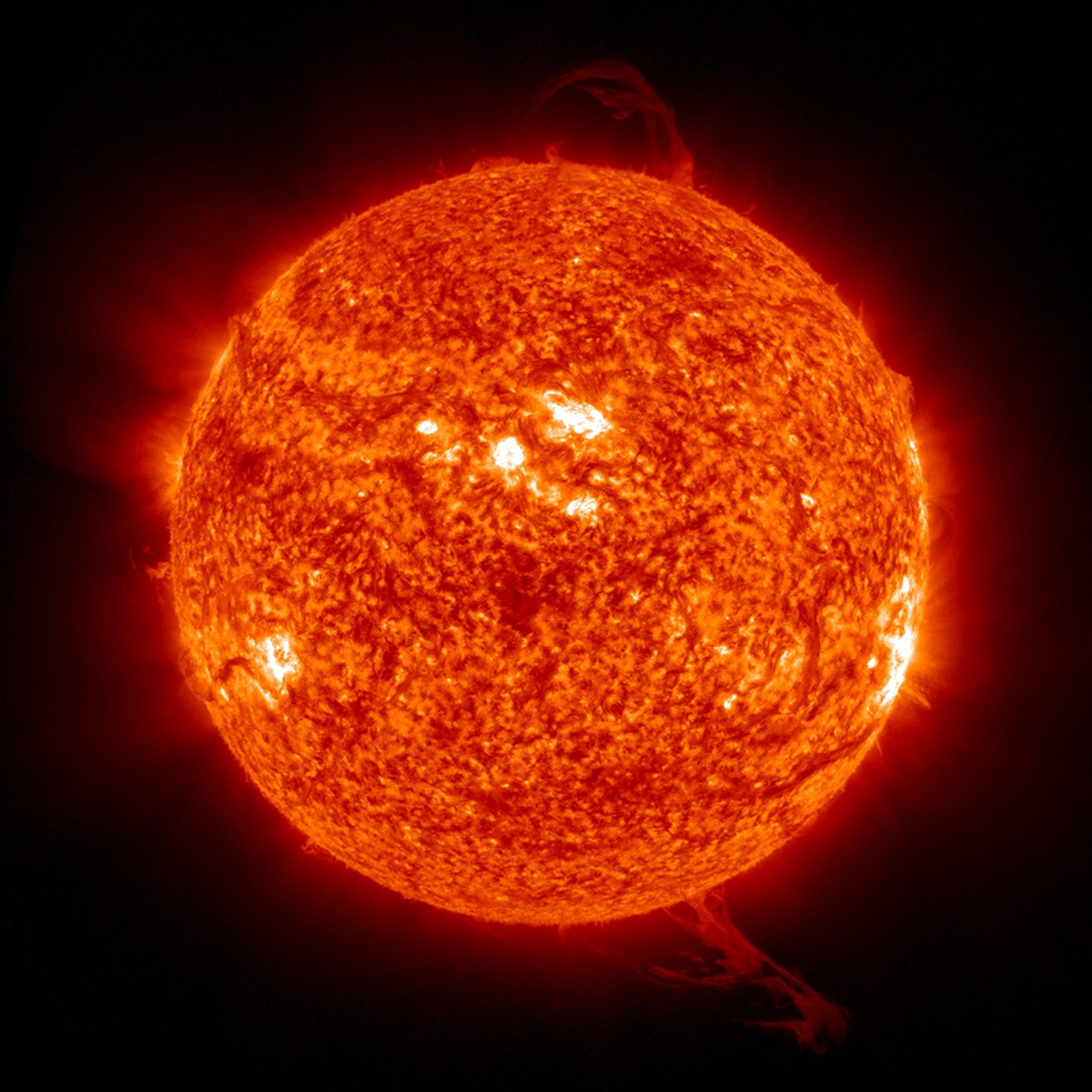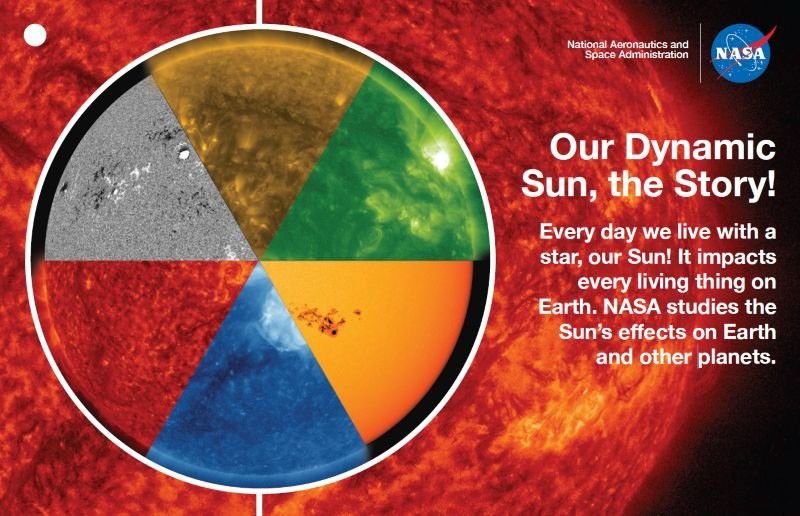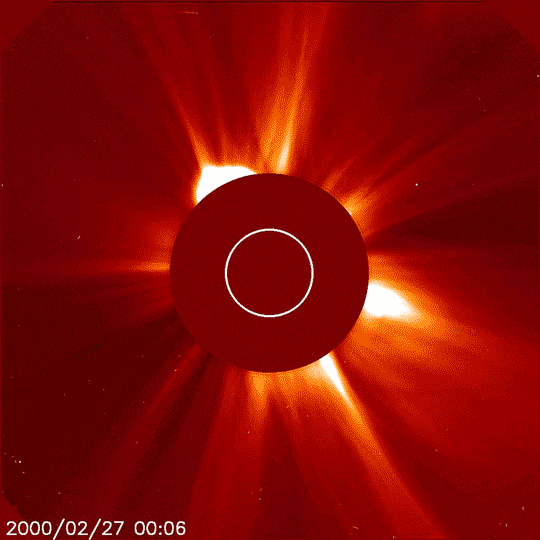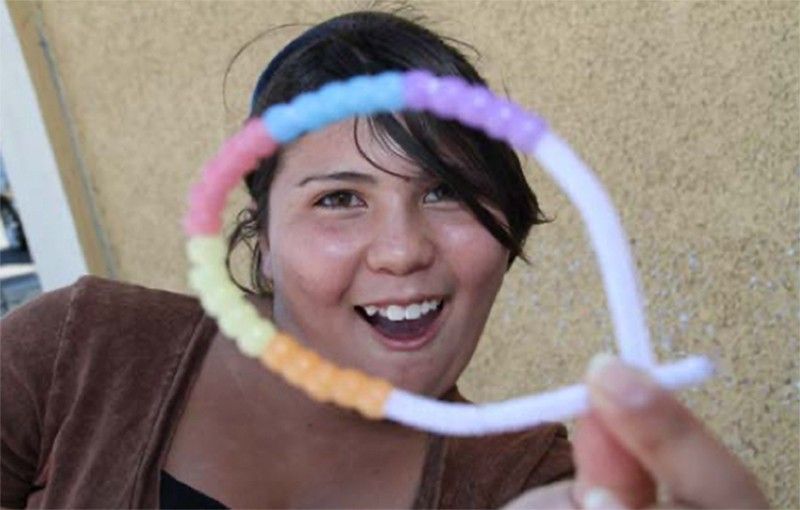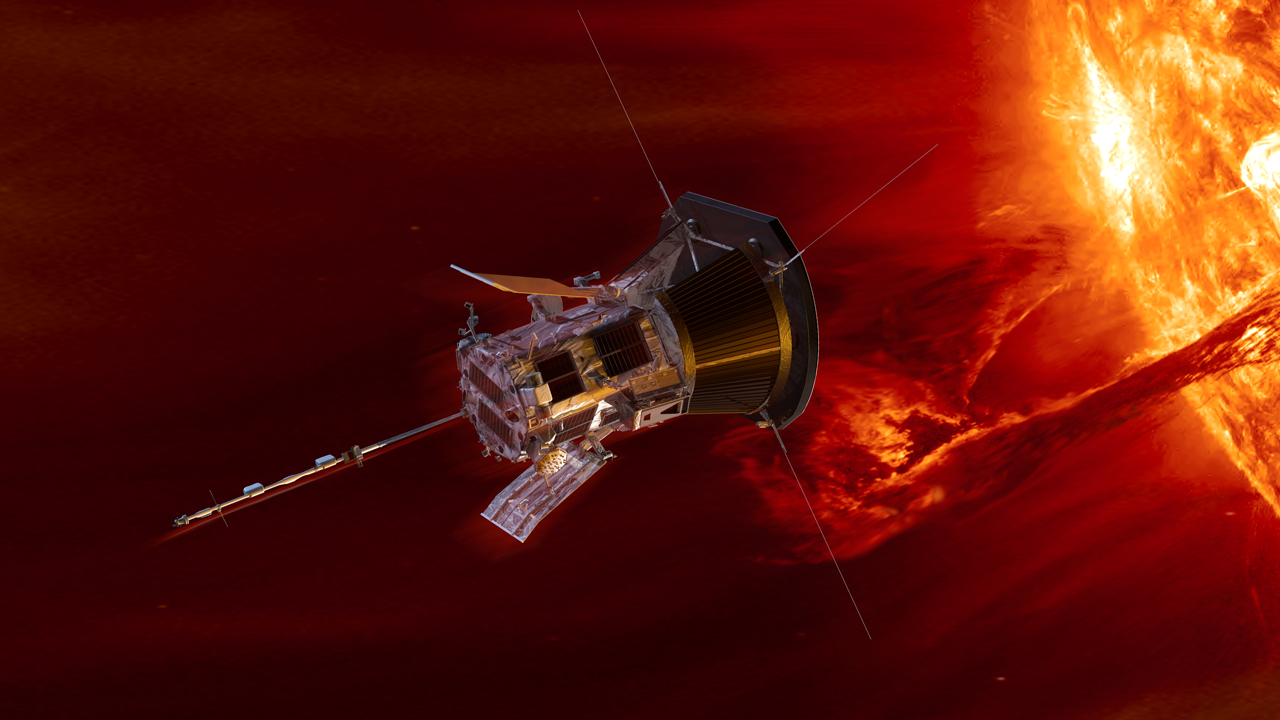Explore with us
July 2025 Image
Learn about July's amazing image. Explore related topics, activities, games, and download desktop wallpaper.
Satellite Observes Large Solar Eruption
-
The Solar Ultraviolet Imager (SUVI) instrument aboard the Geostationary Operational Environmental Satellites (GOES) West satellite observed a flurry of solar activity in mid-December 2023. This December 11 image from the SUVI 304A channel corresponds to plasma in the upper chromosphere of the Sun at a temperature of about 6,000 kelvins.
Image and text credit: NOAA/Cooperative Institute for Research in Environmental Sciences (CIRES)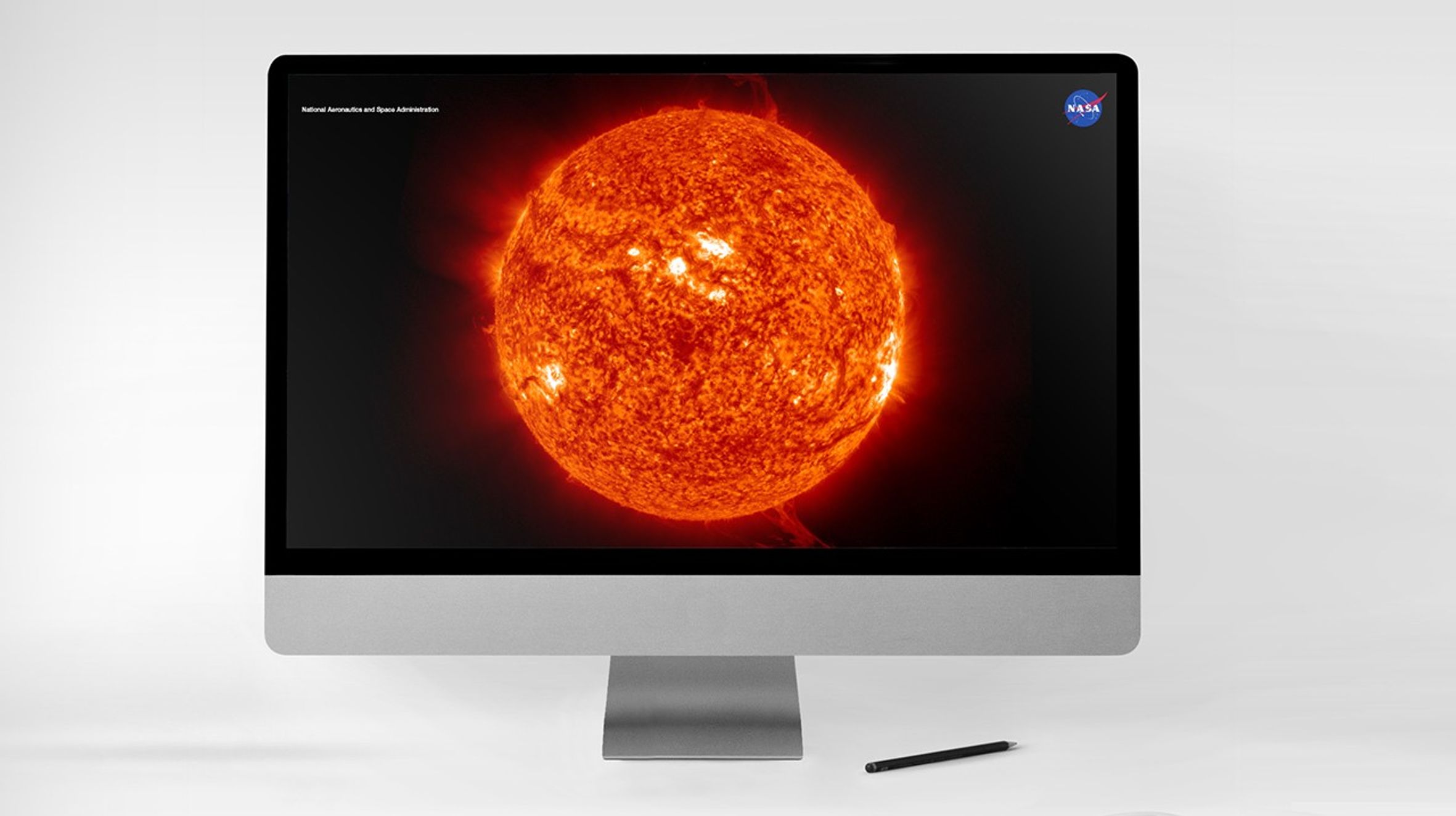
Discover More about Our Sun
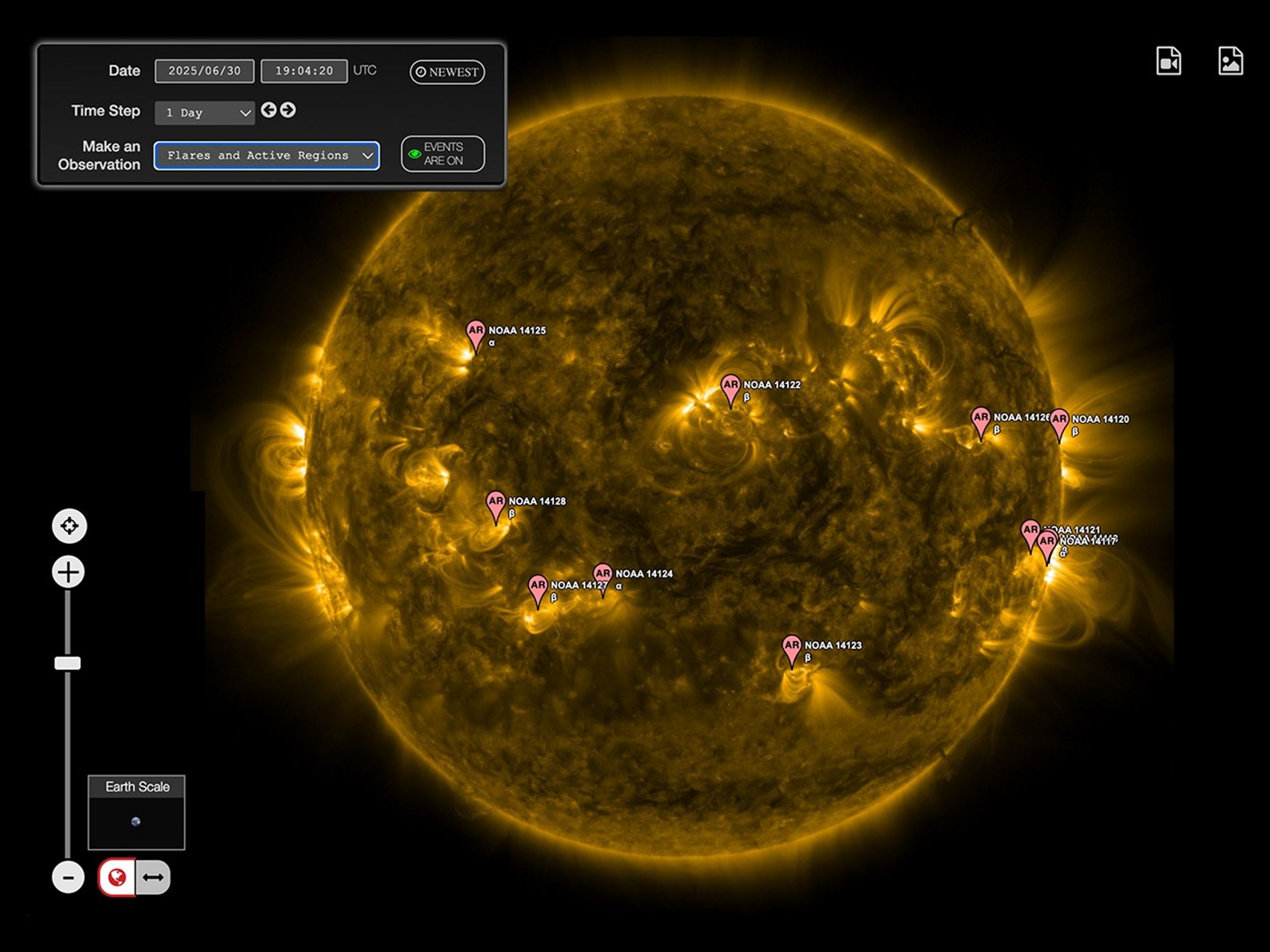
Helioviewer Student Version
The student version of Helioviewer allows learners to access authentic satellite data on solar features and events, including sunspots, flares, and active regions on the Sun’s surface; holes in the corona; eruptions, such as filaments and coronal mass ejections; and the Sun’s magnetic activity.
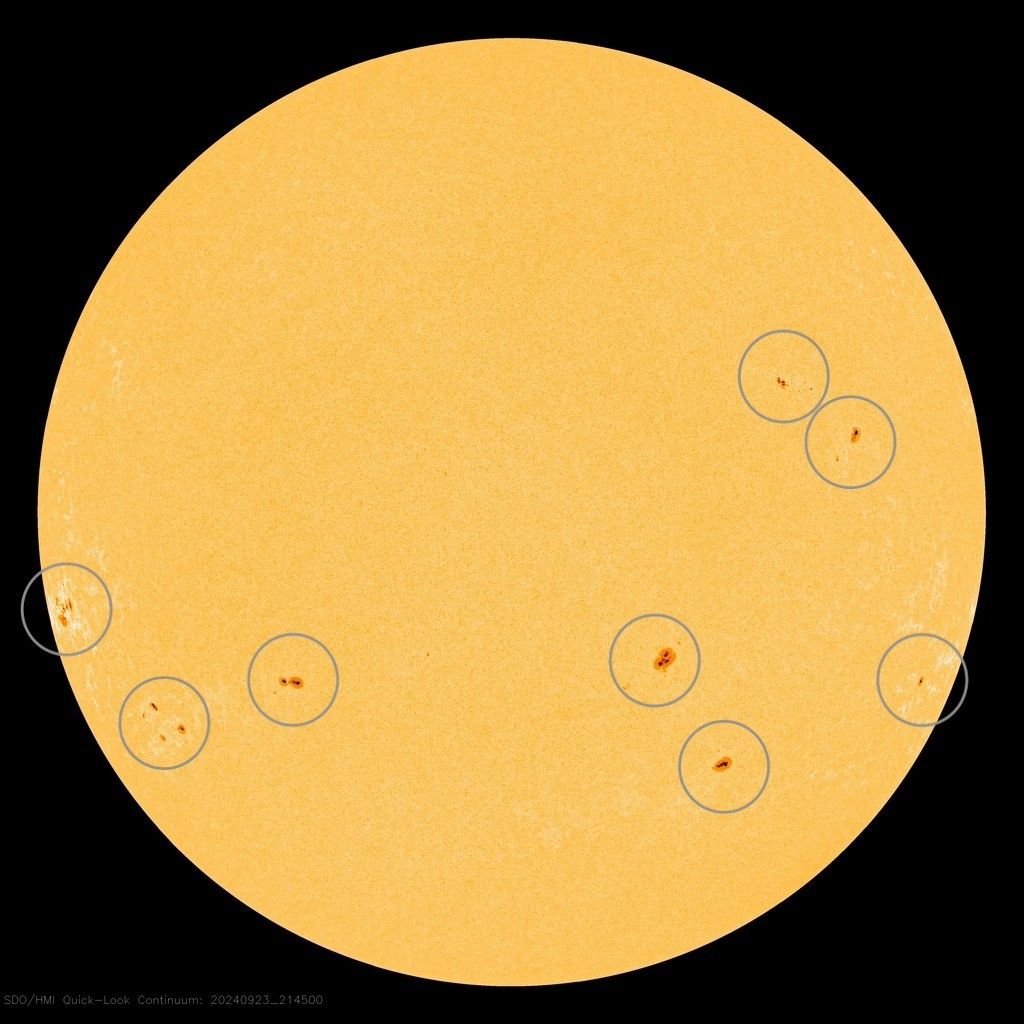
Track the Solar Cycle with Sunspots
Participate in sunspot-counting activities using NASA telescopes or your own.
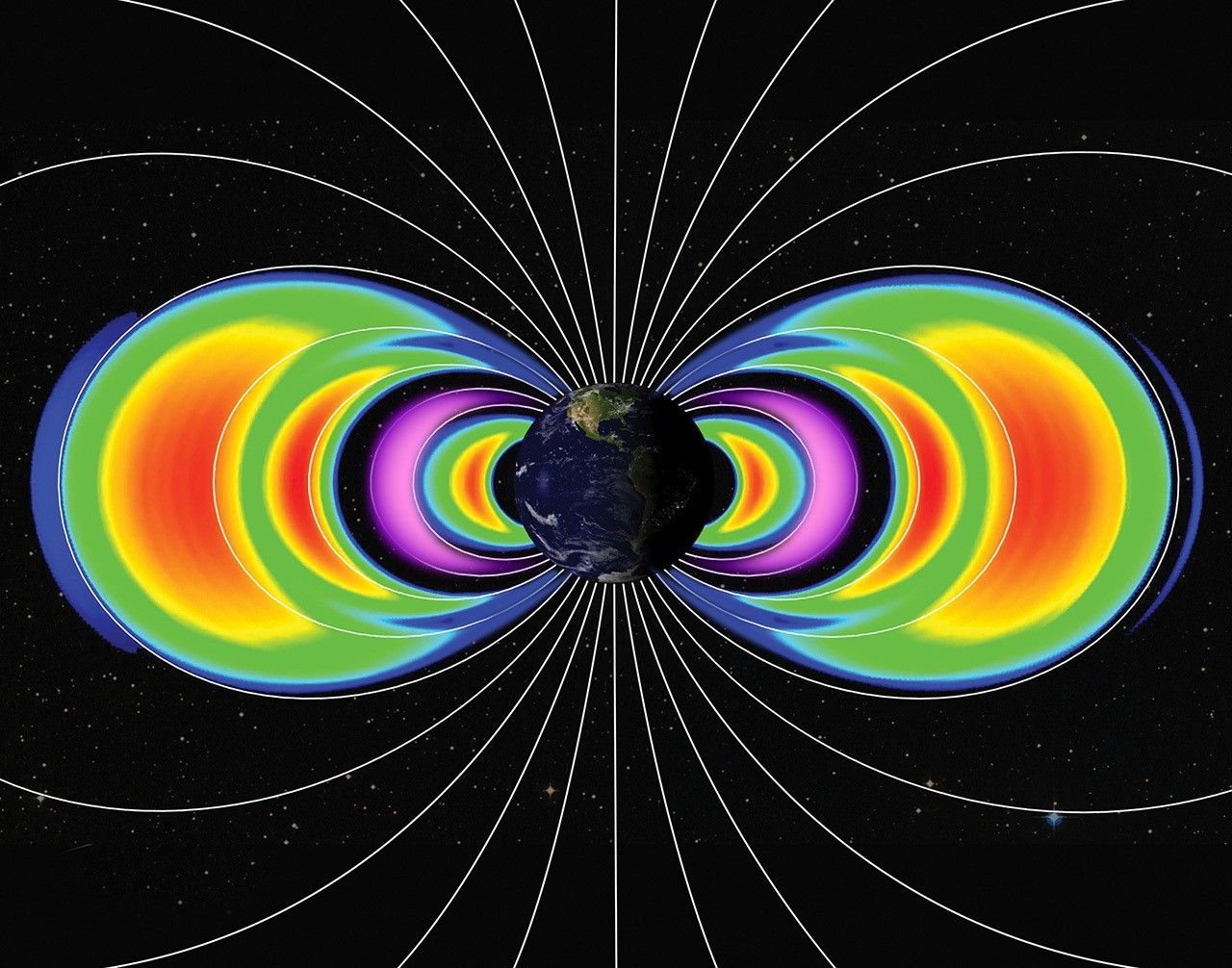
What NASA Is Learning from the Biggest Geomagnetic Storm in 20 Years
One year on, NASA scientists are still making huge discoveries about the largest geomagnetic storm to hit Earth in two decades, the Gannon storm. The findings are helping us better understand and prepare for the ways in which the Sun’s activity can affect us.
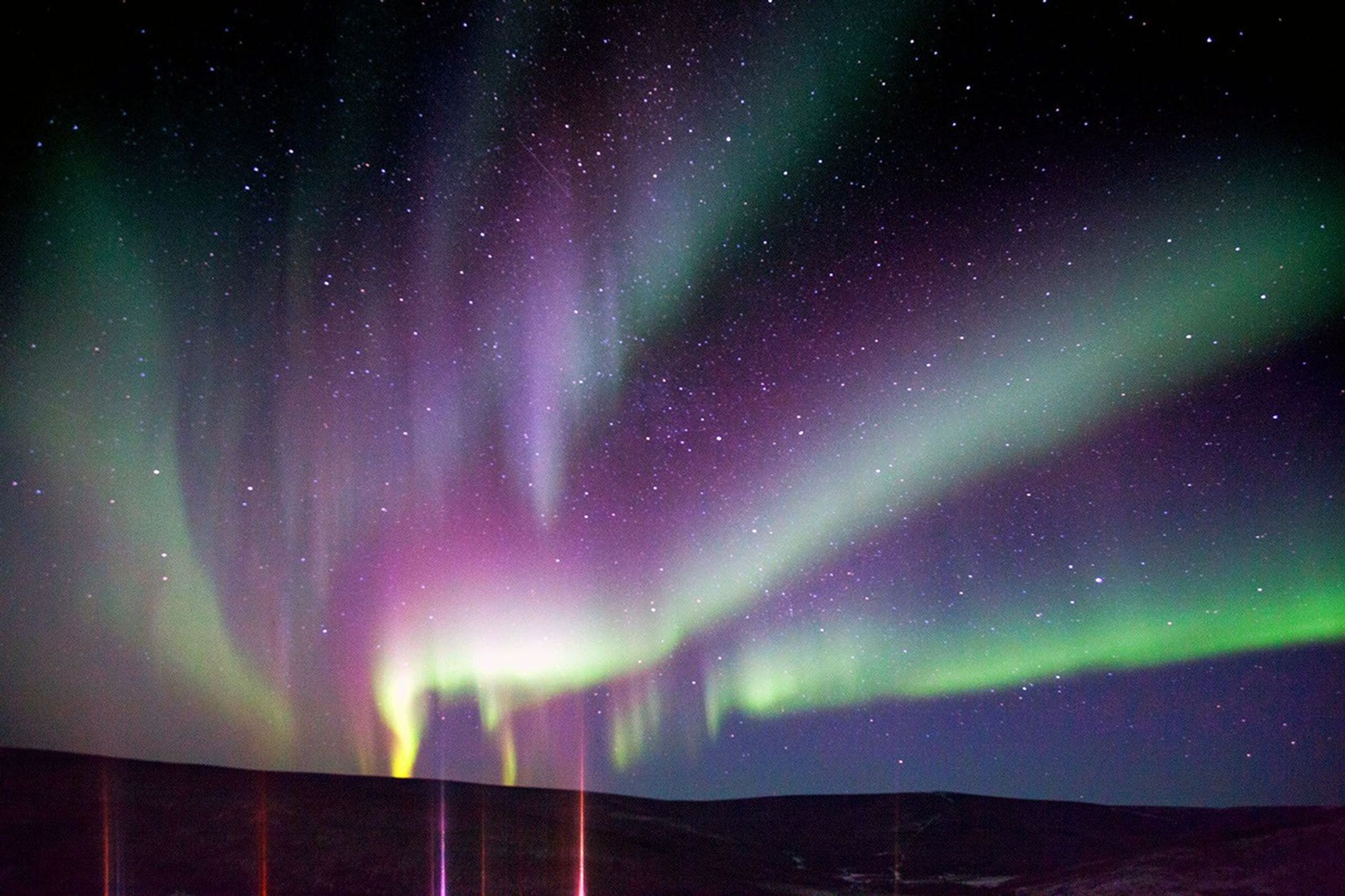
How Can I see the Northern Lights?
To see the northern lights, timing and location are key. This video offers tips to help you catch the aurora in action.

NASA eClips Best Practice Video: Life Cycle of a Star Dance
Providing multiple ways for learners to engage with science content is a best practice demonstrated in this video. Use this video as an introduction or review of the stages in the life cycle of a star.
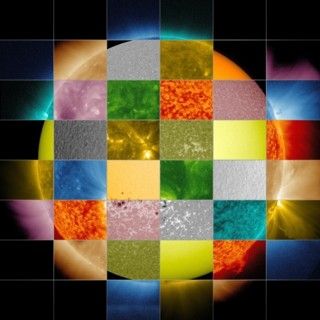
NASA eClips Guide Lites: Solar Images
In this activity participants will create a picture of the sun that can then be examined with colored filters to simulate how specialized instruments enable scientists to capture images and view different features of the sun.
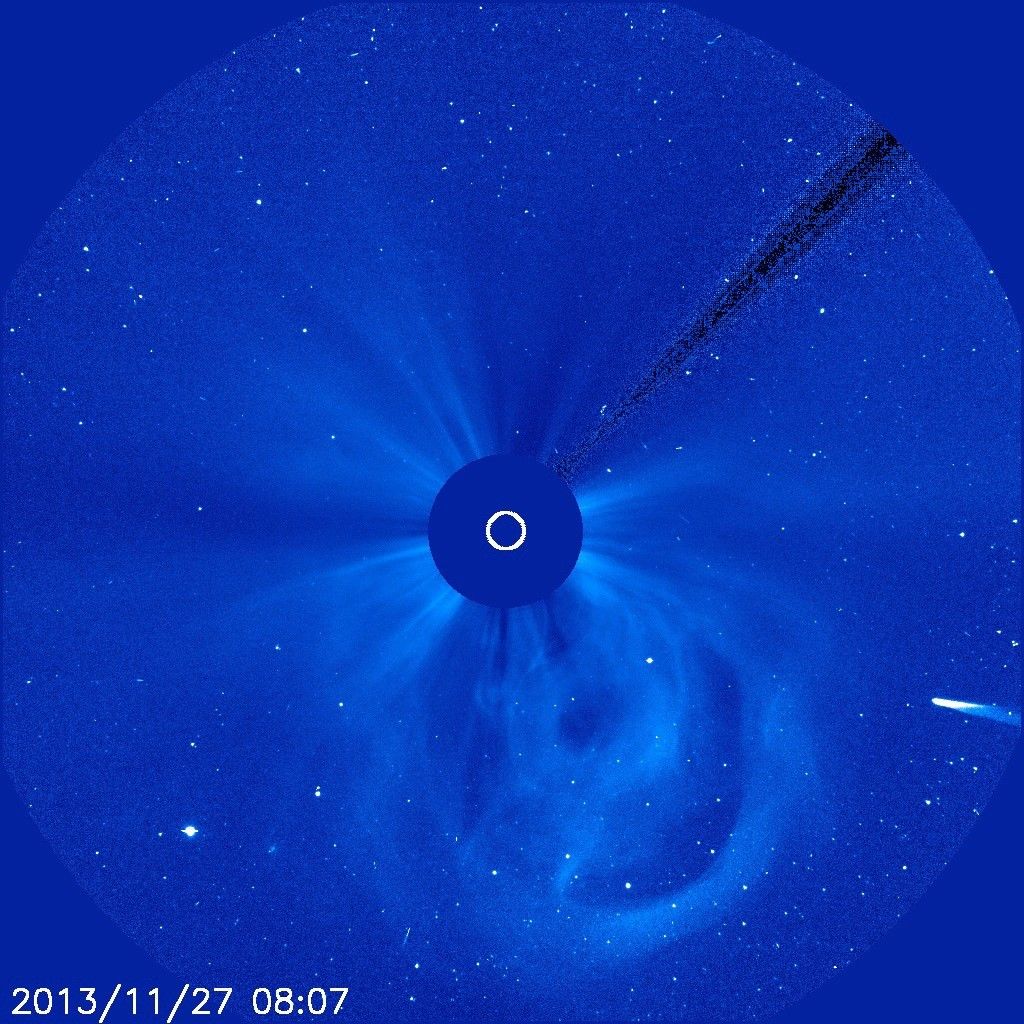
Compact Coronagraph: The Future of Space Weather
Short video about using a compact coronagraph to study the sun by creating an artificial eclipse. Includes discussion on coronal mass ejections.
2025 NASA Science Calendar
Download our latest calendar and wallpaper backgrounds for your desktop or mobile device, and discover the fascinating science behind the images featured each month.
Download Options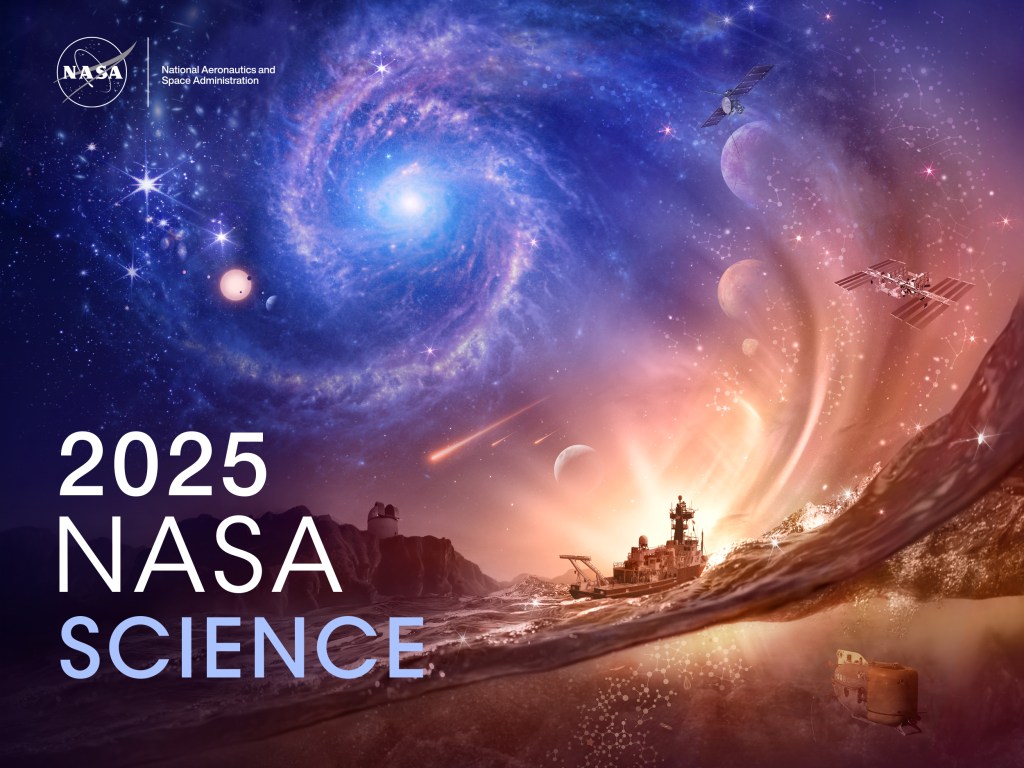
July Activities and Games
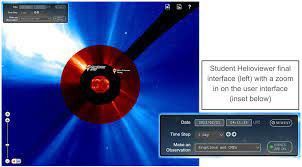
Helioviewer
Helioviewer allows users to observe solar phenomena from over the last two decades up to near-real time and to create screenshots and movies.
It is an open-source project for the visualization of solar and heliospheric data from SDO, SOHO, STEREO, Proba2, Hinode, and several other sources. The Helioviewer Project is funded by ESA and NASA.
Explore our other featured images
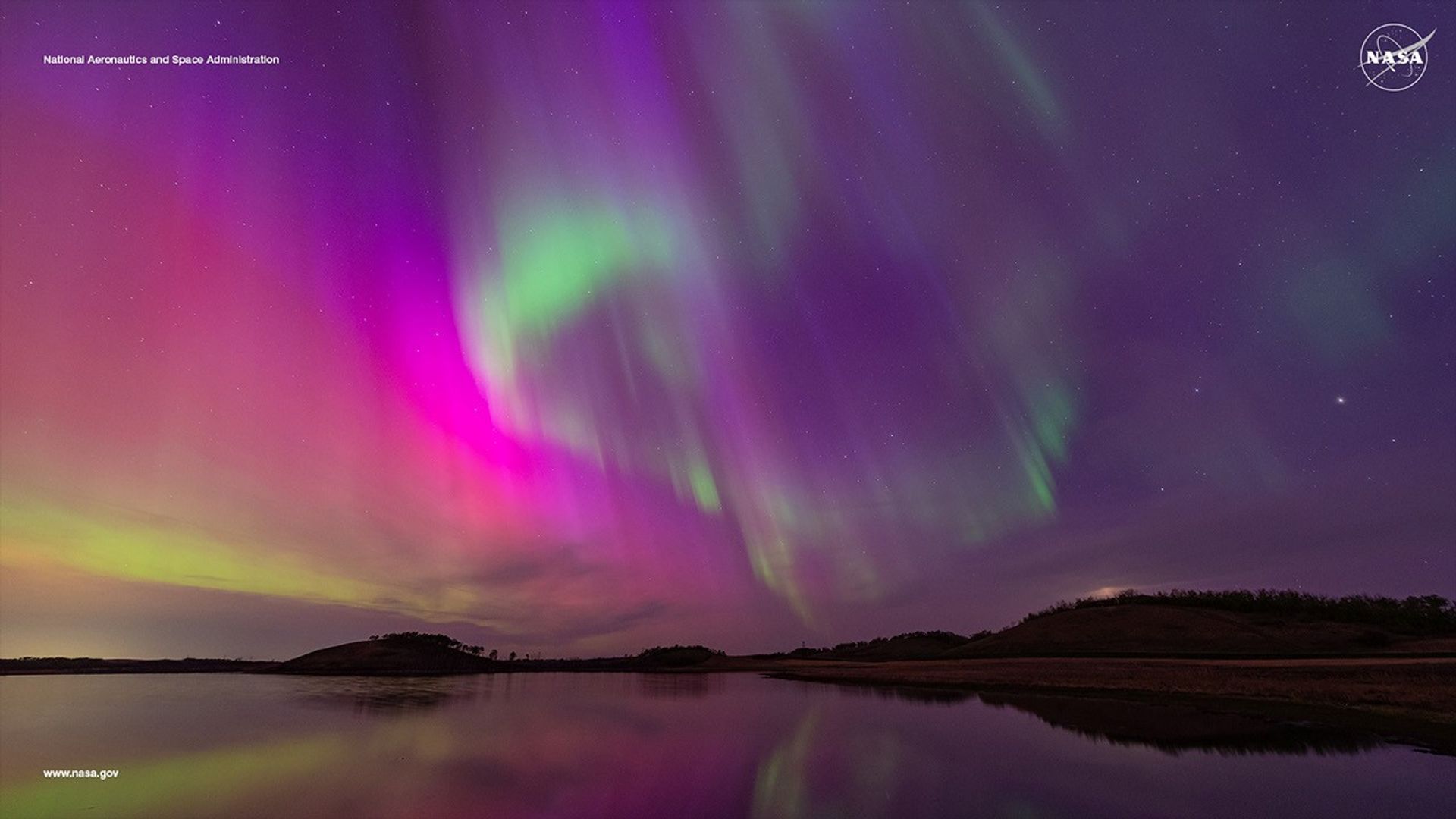
January 2025
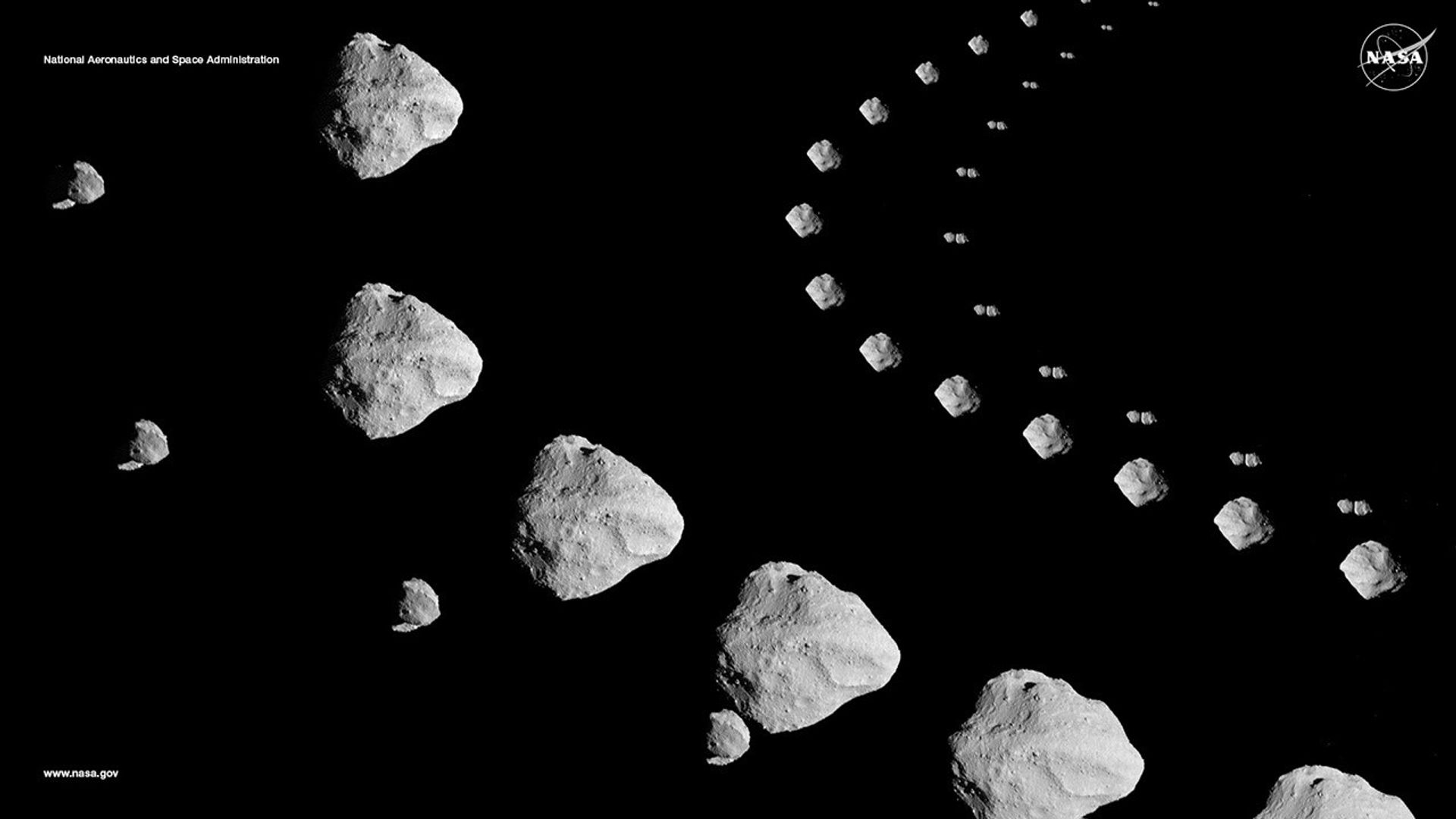
February 2025
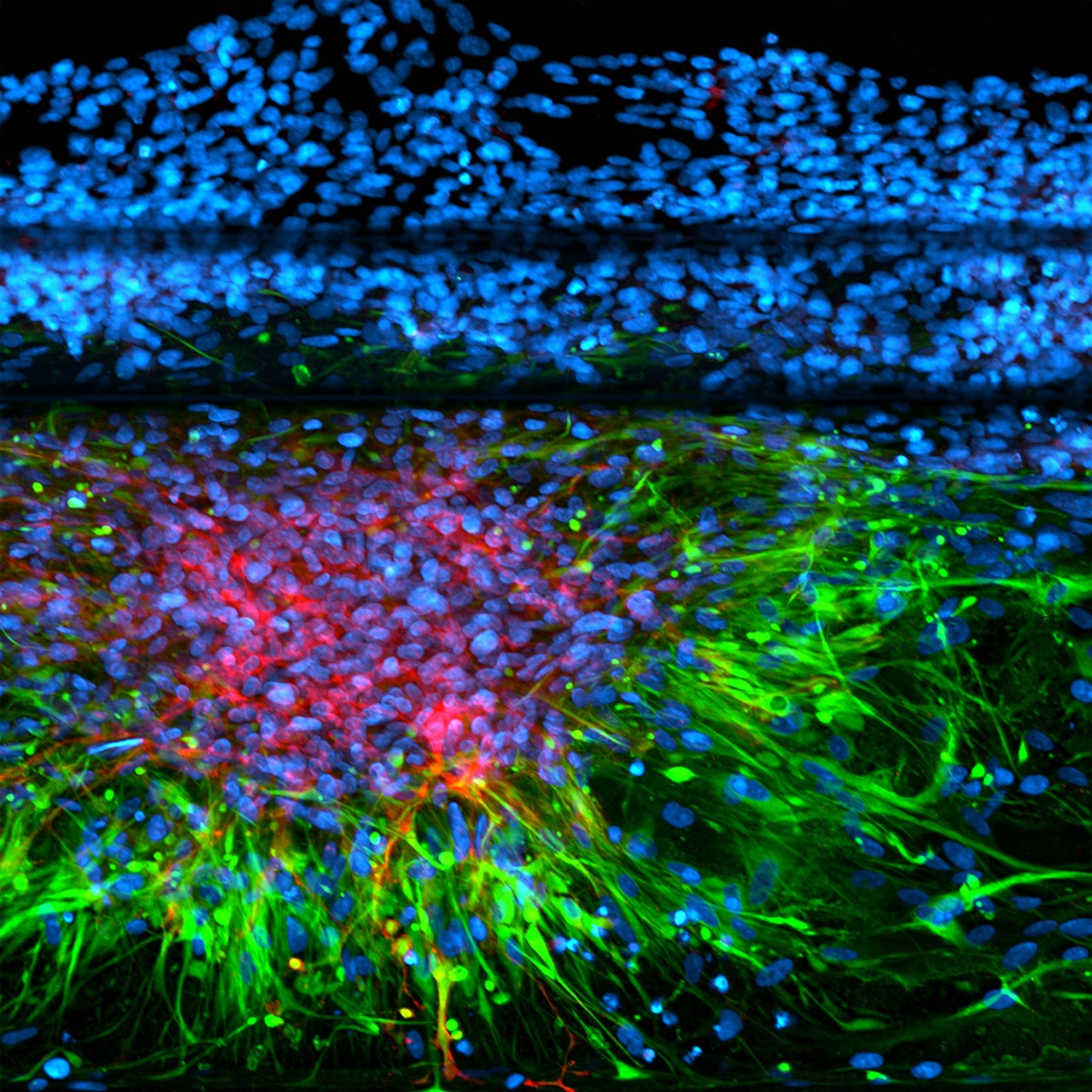
March 2025
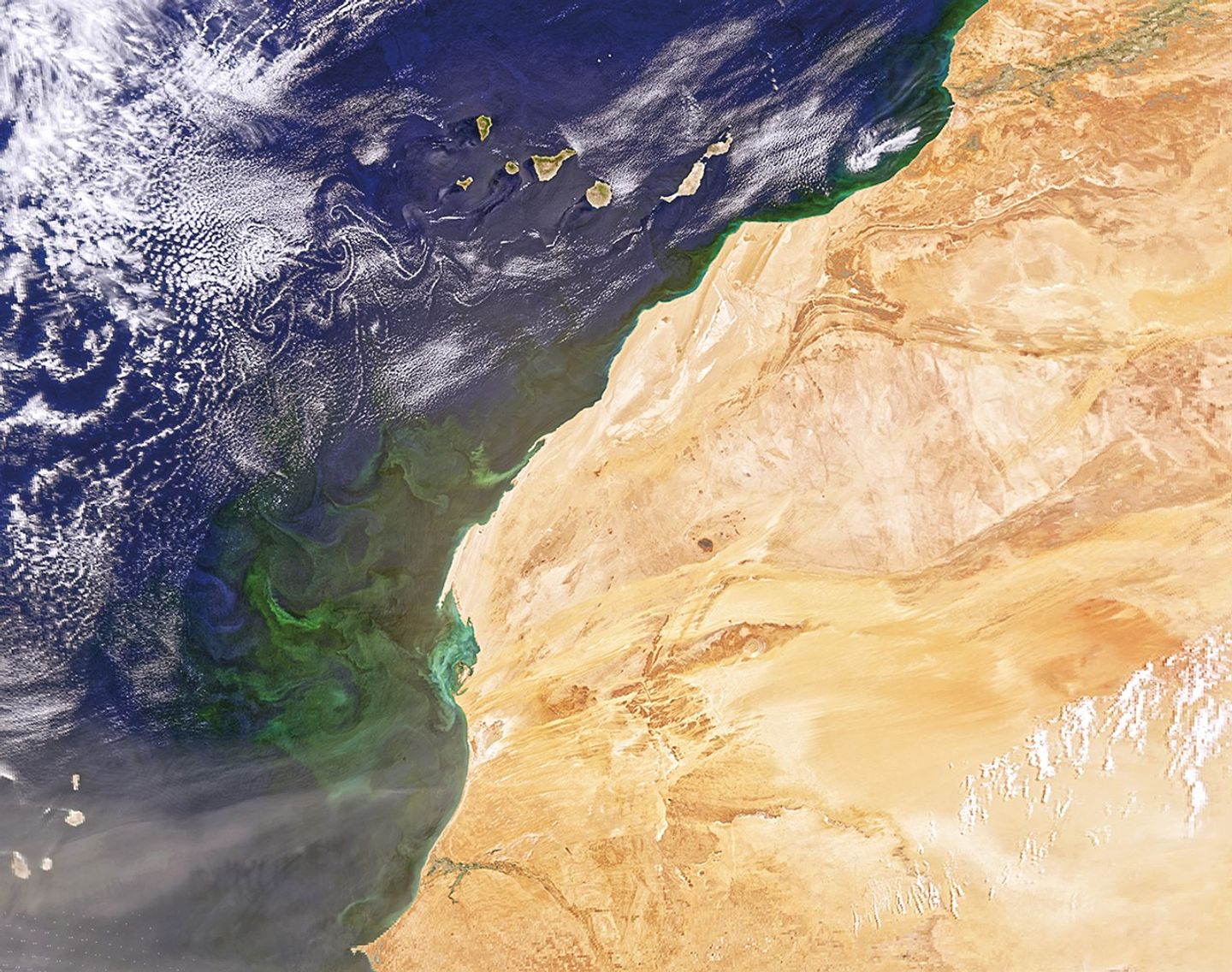
April 2025
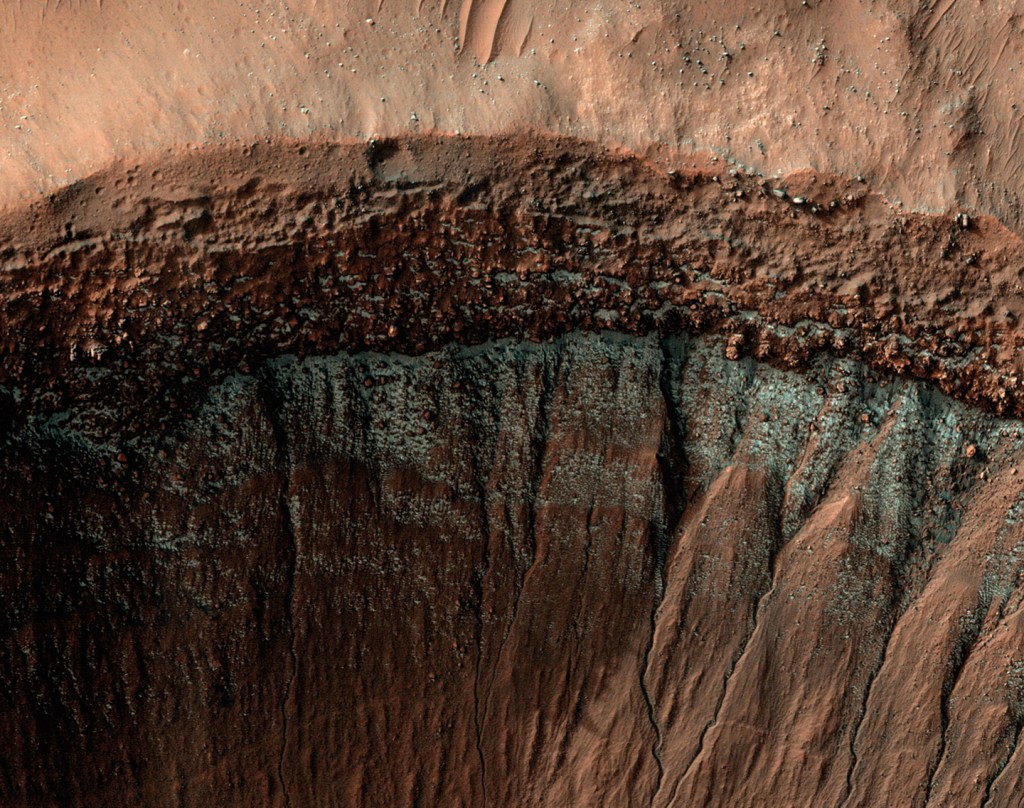
May 2025
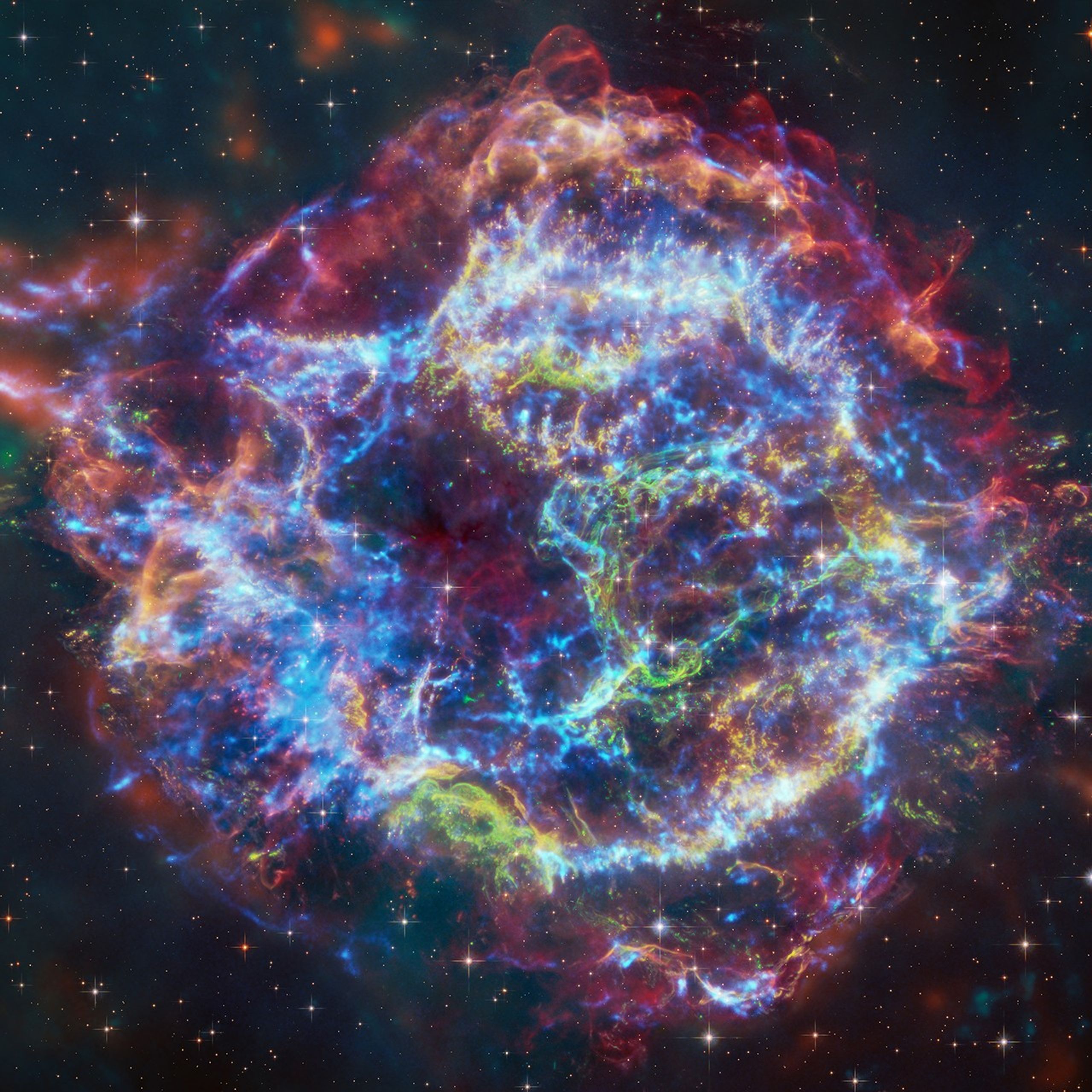
June 2025
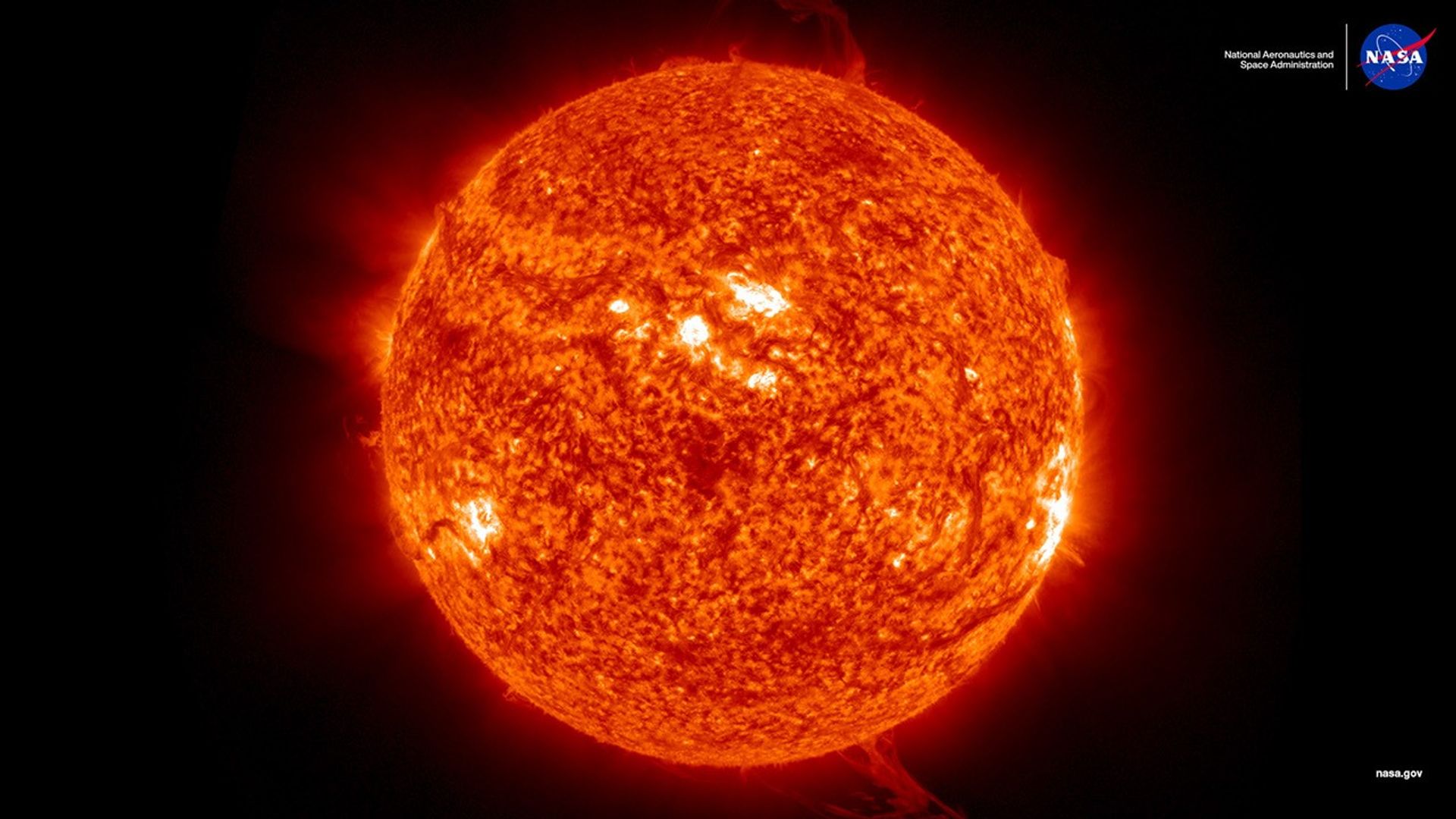
July 2025
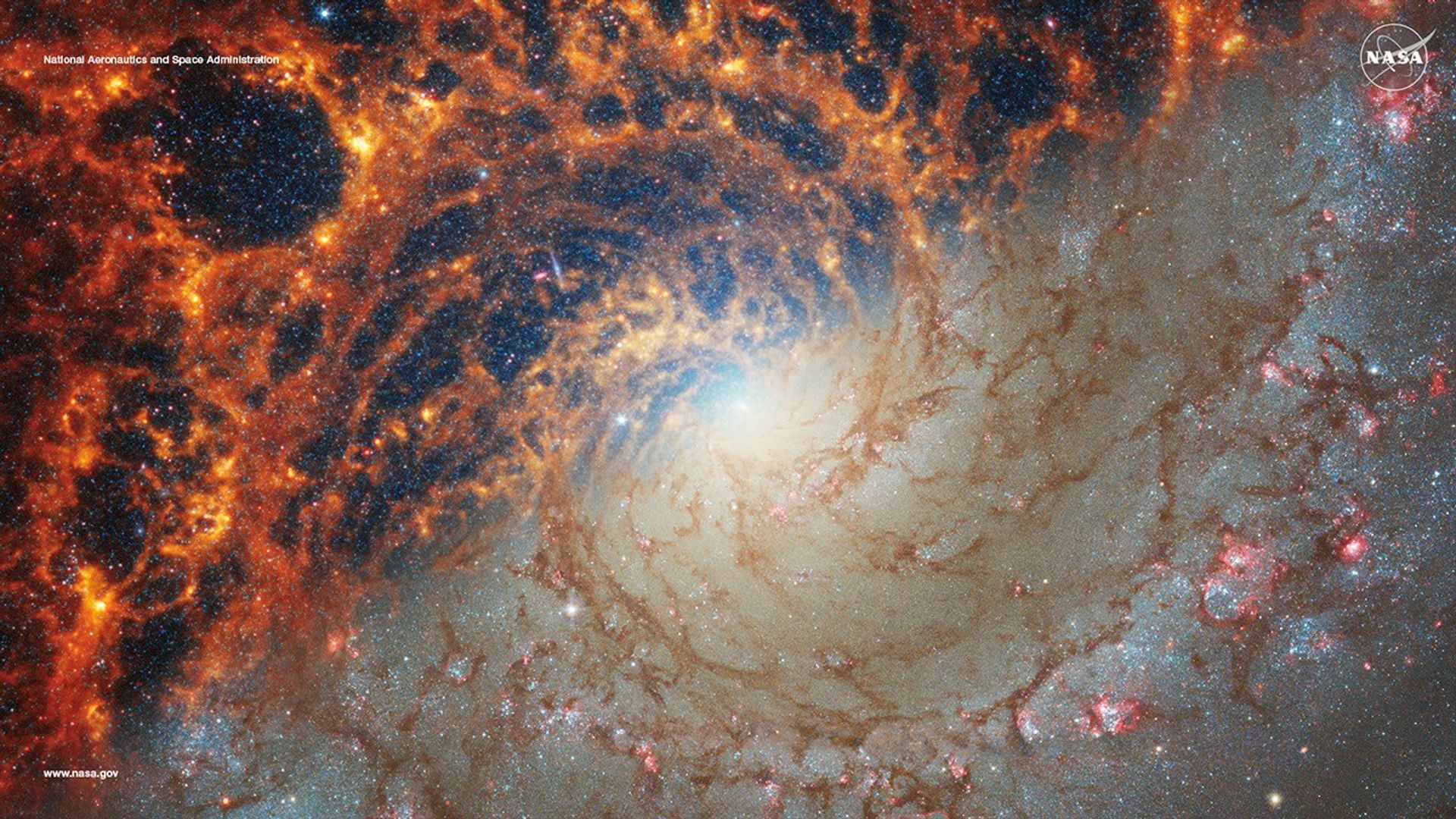
August 2025

September 2025
